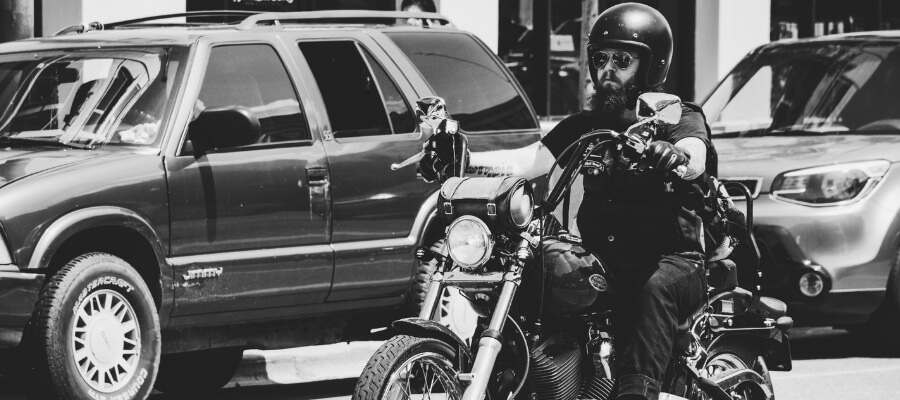Understanding Motorcycle Safety Helps All Drivers
When it comes to motorcycle safety, there are some facts, figures and pointers that everyone on the road should know about. Operators of larger vehicles, like cars and trucks, can enhance road safety by understanding the special rules and challenges facing motorcycle riders. Additionally, anyone operating a vehicle on the open road should know how to safely share the road with motorcycles.
Key Safety Statistics
It’s a fact that motorcycle drivers face an accident risk that’s about 35 times that of car and truck operators. According to the U.S. Department of Transportation, National Highway Traffic Safety Administration (NHTSA), there were 5,286 fatalities among more than 8.6 million registered motorcycle drivers on U.S. roads in 2016.
NHTSA data also reveals that the average motorcyclist has a chance of dying in an accident that’s 30 times greater than the rate for car occupants. Unfortunately, one of the most important pieces of safety equipment, a helmet, is only used by about 65 percent of all motorcycle drivers.
Fortunately, there are some ways that car and truck drivers can enhance safety by following some commonsense guidelines for sharing the road with motorcycles.
How to Boost Roadway Safety in the Presence of Motorcycles
Sharing the road with motorcycles means following a few “best practices” for enhancing the safety of all occupants of the road. That includes buses, trucks, farm vehicles and even pedestrians who happen to be crossing at controlled intersections. Keep the following tips in mind whenever you operate a motor vehicle:
- Pay special attention at intersections because they are the spots where a high percentage of non-injury collisions take place
- Always remember that motorcycles are legal occupants of the roads and have as much of a right to use public streets and highways as drivers of other vehicles
- Allow for a safe distance between your own vehicle and motorcycles ahead of you, remembering that motorcycles need an entire lane for safe travel
- Never change lanes without using your turn indicator, commonly called a “blinker.” Even if you don’t see a motorcyclist in another lane behind you, your signal will help prevent a potentially serious accident
- Before changing lanes, use turn indicators. Make this behavior an ingrained habit so that you do it even when there are no other vehicles in sight.
- Keep in mind that some motorcycles have turn signals that don’t automatically deactivate themselves after turns and lane changes, as the indicators on cars do.
Safety Means Being Seen
The National Highway Traffic Safety Administration advises drivers of all vehicles to adhere to a universal safety rule: “Always be seen.” As long as other drivers can see you, the majority of accidents can be prevented. Unexpected, and unnoticed, lane changes account for a large number of major and minor crashes. Simply allowing enough space between vehicles and signaling before every turn and stop is a smart way to boost the safety factor every time your drive.
If There’s an Accident
When an accident occurs, the first priority is safety. Get away from active driving lanes and contact the police. When police arrive, do as they say. When time allows, you’ll need to contact your insurance provider and, if necessary, seek medical attention.
Motorcycle safety is everybody’s business. Whenever there’s a vehicle accident involving a motorcycle, all parties should remember that competent legal representation is essential for settling disputes. Many attorneys specialize in traffic litigation, and some even specialize in motorcycle-related cases. No matter who is at fault, a lawyer can help resolve all the contentious issues that inevitably arise after a vehicle accident.


